Home>Gardening & Outdoor>Outdoor Recreation & Activities>What Direction Should The Jets In A Swimming Pool Be Pointed
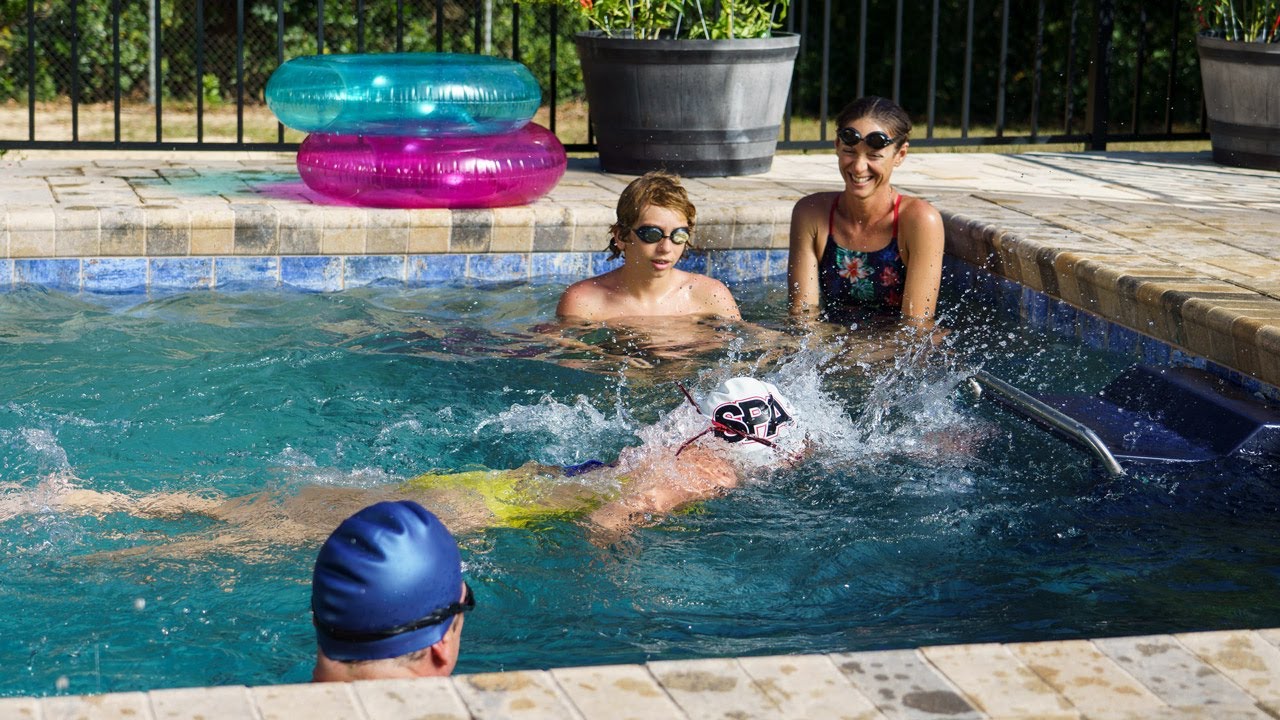

Outdoor Recreation & Activities
What Direction Should The Jets In A Swimming Pool Be Pointed
Published: February 17, 2024
Discover the best direction for jets in a swimming pool for optimal outdoor recreation and activities. Learn how to point the jets for a more enjoyable experience.
(Many of the links in this article redirect to a specific reviewed product. Your purchase of these products through affiliate links helps to generate commission for Storables.com, at no extra cost. Learn more)
Introduction
When it comes to creating a relaxing and enjoyable swimming experience, the direction in which the jets in a swimming pool are pointed plays a crucial role. The positioning of these jets can significantly impact the overall effectiveness of the pool's circulation and the comfort of swimmers. Whether you're a pool owner, a professional pool technician, or simply someone interested in the dynamics of pool maintenance, understanding the importance of directing jets in a swimming pool is essential.
Properly directed jets can enhance the circulation of water, leading to better distribution of chemicals and heat throughout the pool. This not only ensures a more hygienic swimming environment but also contributes to a more consistent water temperature. Additionally, the direction of the jets can affect the flow patterns within the pool, influencing the effectiveness of water filtration and the dispersion of any added chemicals or treatments.
In this comprehensive guide, we will delve into the various factors that should be taken into account when pointing jets in a swimming pool. By exploring the benefits of correctly positioned jets and highlighting common mistakes to avoid, this article aims to provide valuable insights for pool owners and enthusiasts alike. Whether you're seeking to optimize the functionality of your pool or simply curious about the science behind this aspect of pool maintenance, this guide will equip you with the knowledge needed to make informed decisions regarding the direction of jets in a swimming pool.
Key Takeaways:
- Properly directed jets in a swimming pool enhance water circulation, filtration, and swimmers’ comfort. Consider pool size, jet angle, and chemical dispersion for an enjoyable and hygienic swimming experience.
- Avoid common mistakes like neglecting pool size and shape, filtration, and user needs when positioning jets. Optimize jet direction for a harmonious and inviting pool environment.
Read more: What Should The TDS Be In A Swimming Pool
Importance of Direction in a Swimming Pool
The direction in which the jets in a swimming pool are pointed holds significant importance in ensuring the optimal functionality and comfort of the pool environment. Properly directed jets play a pivotal role in maintaining the circulation of water, which in turn affects the distribution of heat and chemicals throughout the pool. This has a direct impact on the overall cleanliness, temperature, and comfort of the swimming pool.
One of the primary reasons why the direction of jets is crucial is its influence on water circulation. When the jets are strategically positioned, they facilitate the movement of water, preventing stagnation and promoting uniform distribution of heat and chemicals. This is particularly essential for larger pools, where maintaining consistent water temperature and chemical balance can be challenging without efficient circulation.
Furthermore, the direction of the jets directly affects the flow patterns within the pool. By creating specific currents, the jets contribute to the effectiveness of water filtration, ensuring that debris and impurities are continuously directed towards the pool's filtration system. This not only enhances the cleanliness of the pool but also reduces the likelihood of algae growth and other waterborne issues.
In addition to circulation and filtration, the direction of jets also impacts the dispersion of added chemicals or treatments. Whether it's distributing chlorine to maintain water sanitation or evenly spreading out water clarifiers, the positioning of the jets can significantly influence the effectiveness of these treatments. Proper dispersion ensures that the entire pool receives the necessary chemical balance, leading to a safer and more enjoyable swimming experience for all users.
Moreover, the direction of jets can affect the overall comfort of swimmers. By creating gentle currents or providing targeted hydrotherapy, properly directed jets can enhance the relaxation and therapeutic benefits of the pool. This is particularly valuable for pools equipped with spa features, where the direction of jets can directly impact the effectiveness of massage and hydrotherapy functions.
In essence, the importance of directing jets in a swimming pool cannot be overstated. It directly influences water circulation, filtration efficiency, chemical dispersion, and the overall comfort of swimmers. By understanding and optimizing the direction of jets, pool owners and technicians can ensure a cleaner, more comfortable, and enjoyable swimming environment for all.
Factors to Consider When Pointing Jets in a Swimming Pool
-
Pool Size and Shape: The size and shape of the pool are fundamental factors to consider when directing jets. Larger pools may require strategically positioned jets to ensure proper water circulation across the entire area. Similarly, irregularly shaped pools may necessitate customized jet positioning to maintain consistent water movement and filtration.
-
Jet Angle and Intensity: The angle at which the jets are positioned can significantly impact the flow and circulation within the pool. Adjusting the angle of the jets allows for tailored water movement, catering to specific areas that may require enhanced circulation or targeted hydrotherapy. Furthermore, controlling the intensity of the jets can provide varying levels of massage and relaxation for swimmers.
-
Swimmer Comfort and Safety: When directing jets, it's crucial to consider the comfort and safety of swimmers. Jets should be positioned to avoid creating strong currents that may impede swimmers' movements or cause discomfort. Additionally, for pools with multiple users, directing jets away from high-traffic areas can prevent interference with swimmers' activities.
-
Filtration and Water Circulation: Efficient water filtration is essential for maintaining a clean and hygienic pool. Properly directed jets contribute to effective filtration by directing debris towards the pool's filtration system. By considering the pool's filtration setup and strategically positioning the jets, optimal water circulation and filtration efficiency can be achieved.
-
Hydrotherapy and Massage Functions: For pools equipped with hydrotherapy or massage features, the direction of jets plays a crucial role in delivering therapeutic benefits. By directing jets towards specific seating areas or targeting muscle groups, pool owners can optimize the effectiveness of these functions, enhancing the overall experience for swimmers.
-
Chemical Dispersion: Proper dispersion of chemicals, such as chlorine and water clarifiers, is essential for maintaining water quality. When pointing jets, it's important to ensure that added chemicals are evenly distributed throughout the pool. Strategic jet positioning can facilitate the thorough mixing of chemicals, promoting consistent water sanitation and clarity.
-
Aesthetic Considerations: While functionality is paramount, the visual impact of directed jets should not be overlooked. Positioning jets in a visually appealing manner can enhance the overall ambiance of the pool area. This includes considering how the direction of jets complements the pool's design and landscaping, contributing to a harmonious and inviting environment.
By taking these factors into account when directing jets in a swimming pool, pool owners and technicians can optimize water circulation, filtration efficiency, and the overall swimming experience. Understanding the interplay of these considerations allows for the creation of a well-balanced and enjoyable pool environment, catering to both practical and aesthetic needs.
Benefits of Properly Pointed Jets
Properly directed jets in a swimming pool yield a myriad of benefits that directly contribute to the functionality, cleanliness, and overall enjoyment of the pool environment. By strategically positioning the jets and considering various factors such as pool size, filtration efficiency, and swimmer comfort, pool owners and technicians can unlock the following advantages:
Enhanced Water Circulation and Filtration
When jets are pointed in a manner that promotes consistent water movement, the circulation within the pool is optimized. This not only prevents stagnation but also facilitates the uniform distribution of heat and chemicals. Efficient water circulation is particularly crucial for larger pools, where maintaining consistent water temperature and chemical balance can be challenging without strategically directed jets. Additionally, properly positioned jets contribute to effective water filtration by directing debris towards the pool's filtration system, ensuring a cleaner and more hygienic swimming environment.
Read more: What Is An Infinity Swimming Pool
Improved Chemical Dispersion
Properly directed jets play a pivotal role in the thorough mixing and dispersion of added chemicals, such as chlorine and water clarifiers. By ensuring that these chemicals are evenly distributed throughout the pool, the effectiveness of water sanitation and clarity is enhanced. This is essential for maintaining a safe and healthy swimming environment, as well as prolonging the lifespan of pool equipment and surfaces.
Targeted Hydrotherapy and Massage
For pools equipped with hydrotherapy or massage features, the direction of jets directly impacts the therapeutic benefits experienced by swimmers. By strategically pointing jets towards specific seating areas or targeting muscle groups, pool owners can optimize the effectiveness of these functions. This not only enhances the relaxation and rejuvenation of swimmers but also adds a luxurious and indulgent dimension to the pool experience.
Consistent Water Temperature
Properly directed jets contribute to the even distribution of heat throughout the pool, helping to maintain a consistent water temperature. This is especially beneficial for pools located in regions with fluctuating weather conditions. By preventing localized temperature variations, properly pointed jets ensure that swimmers can enjoy a comfortable and inviting pool environment regardless of external factors.
Enhanced Swimmer Comfort
By avoiding the creation of strong currents that may impede swimmers' movements, properly directed jets contribute to the overall comfort and safety of pool users. This is particularly important for pools with diverse user demographics, as it ensures that all swimmers can enjoy a pleasant and unhindered swimming experience.
In essence, the benefits of properly pointed jets extend beyond mere aesthetics, encompassing crucial aspects of water circulation, filtration efficiency, chemical dispersion, and swimmer comfort. By understanding and harnessing these benefits, pool owners and technicians can create an inviting, hygienic, and enjoyable swimming environment for all.
Read more: What To Bring To The Swimming Pool
Common Mistakes in Pointing Jets
Improperly directing jets in a swimming pool can lead to a range of issues that compromise the functionality and comfort of the pool environment. Avoiding these common mistakes is essential for maintaining optimal water circulation, filtration efficiency, and the overall swimming experience.
One prevalent mistake is overlooking the pool's size and shape when positioning jets. Failing to account for these factors can result in inadequate water movement in certain areas, leading to stagnation and uneven distribution of heat and chemicals. Similarly, neglecting the angle and intensity of the jets can hinder their effectiveness, potentially causing discomfort for swimmers and impeding the therapeutic benefits of hydrotherapy features.
Another common error is disregarding the impact of jet positioning on water filtration. Inadequately directed jets may fail to facilitate the proper circulation of debris towards the filtration system, resulting in compromised water cleanliness and potential maintenance issues. Furthermore, improper dispersion of added chemicals, such as chlorine and water clarifiers, can occur when jets are not strategically pointed, leading to uneven water sanitation and clarity.
Aesthetic considerations should not be overlooked, as poorly positioned jets can detract from the visual appeal of the pool area. Jets that disrupt the natural flow of the pool or create visually unappealing patterns may detract from the overall ambiance. Additionally, directing jets in a manner that interferes with high-traffic areas can impede swimmers' activities and compromise their comfort and safety.
Failing to consider the diverse needs of pool users is another common mistake. For pools with multiple swimmers, directing jets in a manner that creates strong currents or impedes movement can detract from the overall swimming experience. It's essential to strike a balance that ensures comfort and safety for all users, regardless of their age or swimming abilities.
In summary, common mistakes in pointing jets in a swimming pool include overlooking the pool's size and shape, neglecting filtration and chemical dispersion, disregarding aesthetic considerations, and failing to cater to the diverse needs of pool users. By avoiding these pitfalls and carefully considering the factors outlined earlier, pool owners and technicians can optimize the functionality and comfort of the pool environment, ensuring an enjoyable and hygienic swimming experience for all.
Conclusion
In conclusion, the direction in which jets are pointed in a swimming pool holds immense significance in shaping the overall swimming experience. By understanding the pivotal role of properly directed jets, pool owners and technicians can optimize water circulation, filtration efficiency, and the comfort of swimmers. Factors such as pool size and shape, jet angle and intensity, swimmer comfort and safety, filtration and water circulation, hydrotherapy and massage functions, chemical dispersion, and aesthetic considerations must be carefully considered when positioning jets.
Properly directed jets yield a multitude of benefits, including enhanced water circulation and filtration, improved chemical dispersion, targeted hydrotherapy and massage, consistent water temperature, and enhanced swimmer comfort. These advantages contribute to the creation of a clean, inviting, and enjoyable swimming environment, catering to the diverse needs of pool users.
However, common mistakes in pointing jets, such as overlooking pool size and shape, neglecting filtration and chemical dispersion, disregarding aesthetic considerations, and failing to cater to the diverse needs of pool users, can compromise the functionality and comfort of the pool environment. It is essential for pool owners and technicians to avoid these pitfalls and carefully consider the various factors to ensure optimal jet positioning.
By harnessing the benefits of properly pointed jets and avoiding common mistakes, pool owners and technicians can create a harmonious and inviting pool environment that promotes relaxation, rejuvenation, and enjoyment for all swimmers. Whether it's optimizing water circulation, enhancing filtration efficiency, or providing targeted hydrotherapy, the direction of jets plays a crucial role in shaping the overall swimming experience.
In essence, the art of directing jets in a swimming pool is a delicate balance of functionality, aesthetics, and user comfort. By embracing this holistic approach and understanding the interconnectedness of various factors, pool owners and technicians can elevate the swimming experience, creating a space that not only promotes physical well-being but also fosters a sense of tranquility and indulgence.
Frequently Asked Questions about What Direction Should The Jets In A Swimming Pool Be Pointed
Was this page helpful?
At Storables.com, we guarantee accurate and reliable information. Our content, validated by Expert Board Contributors, is crafted following stringent Editorial Policies. We're committed to providing you with well-researched, expert-backed insights for all your informational needs.
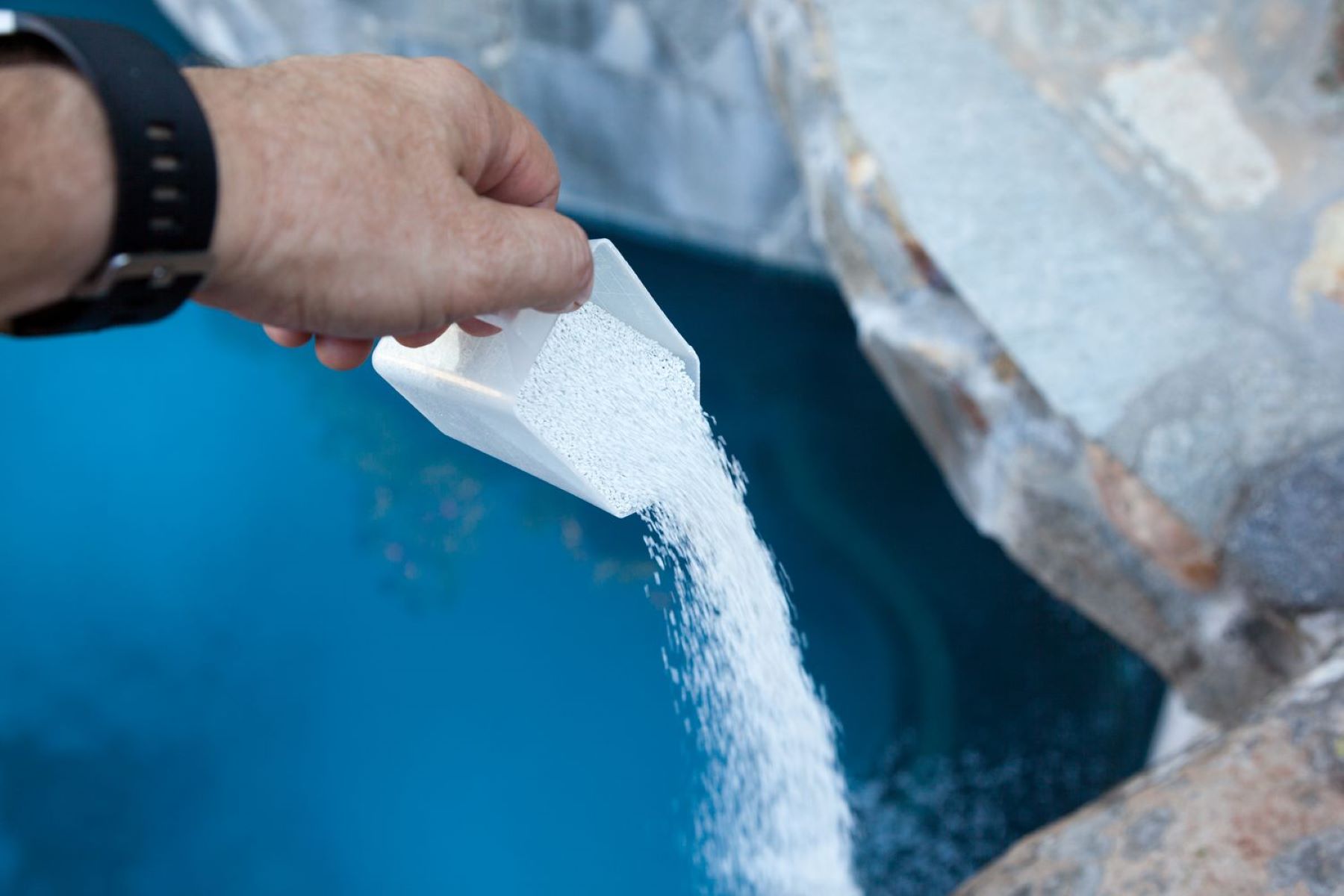
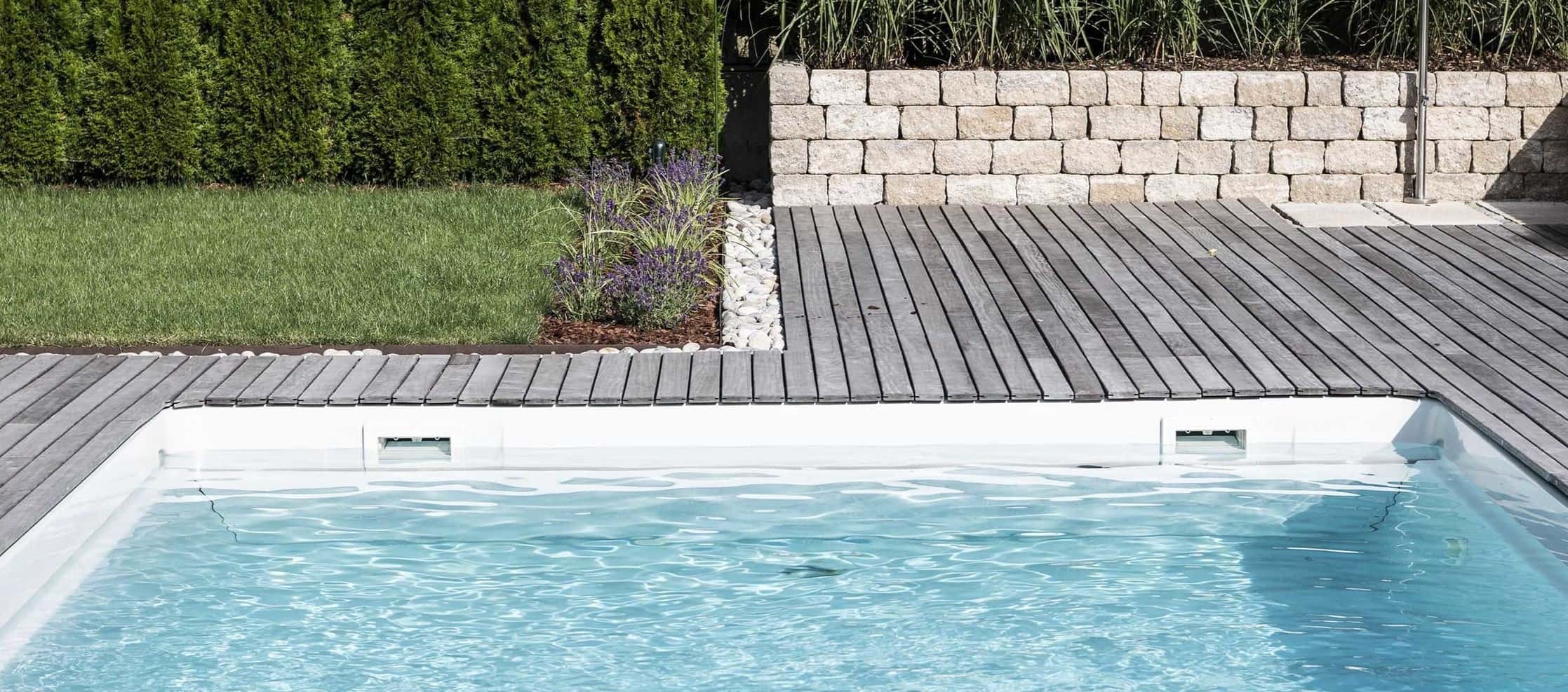

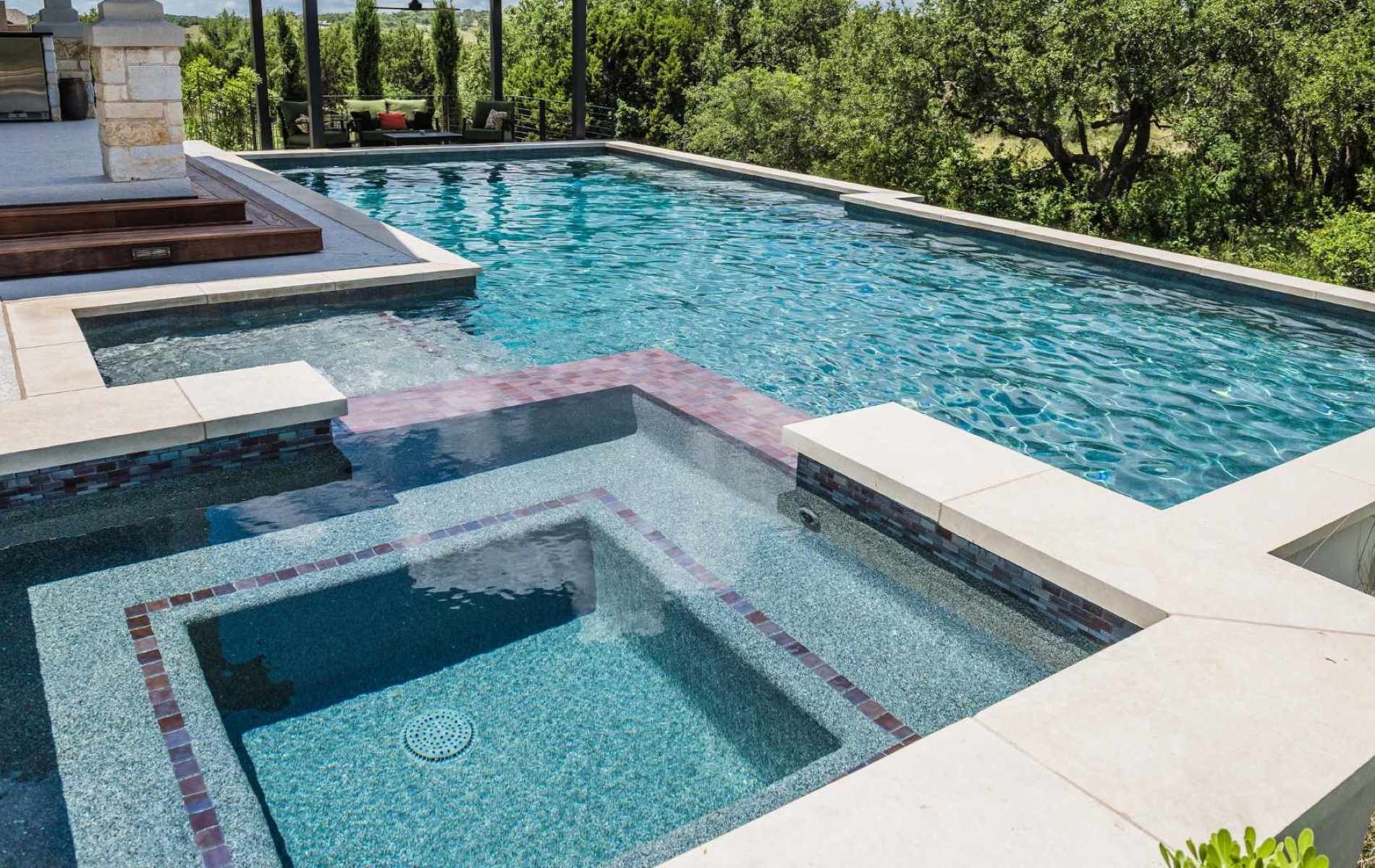
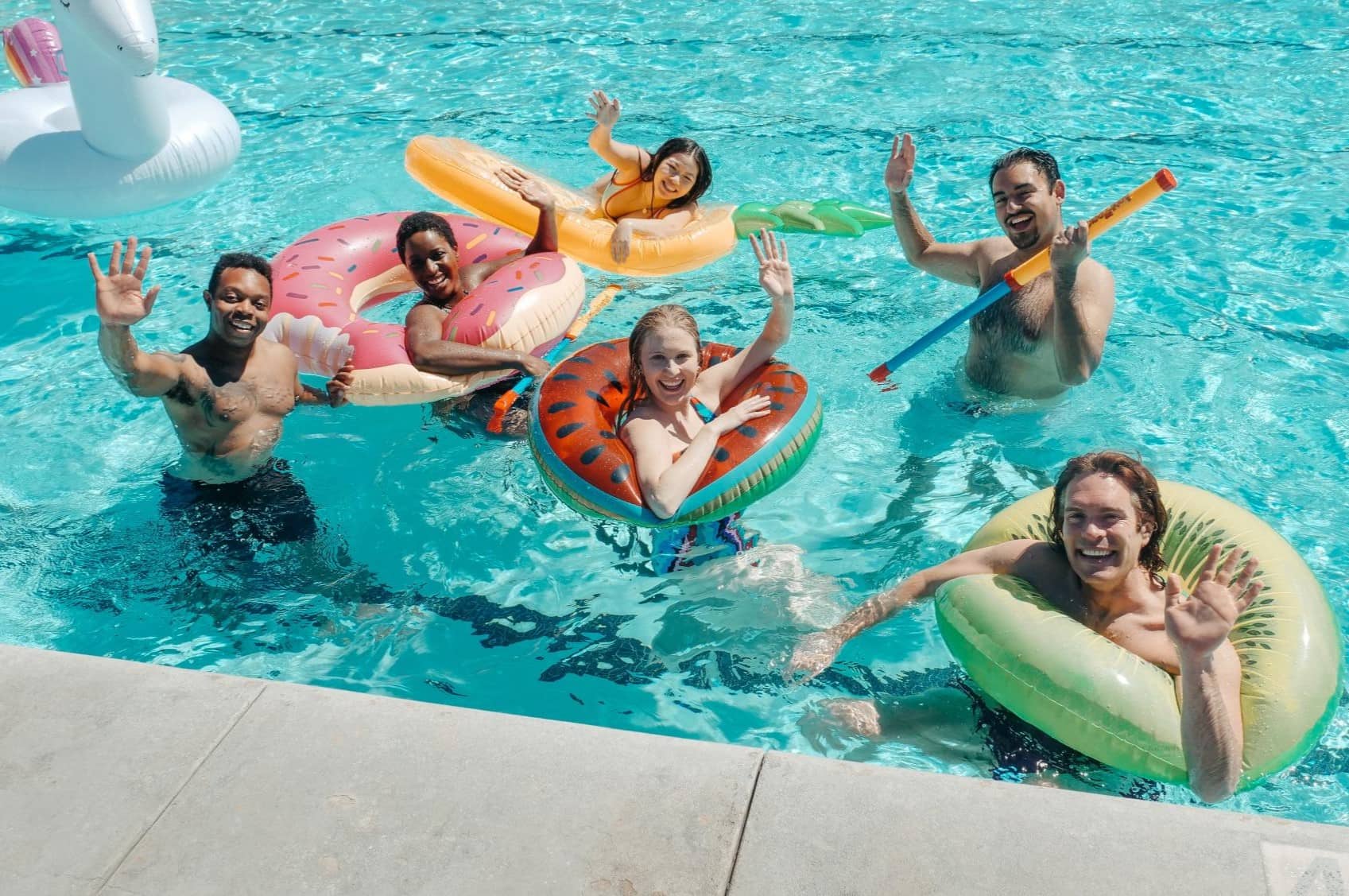
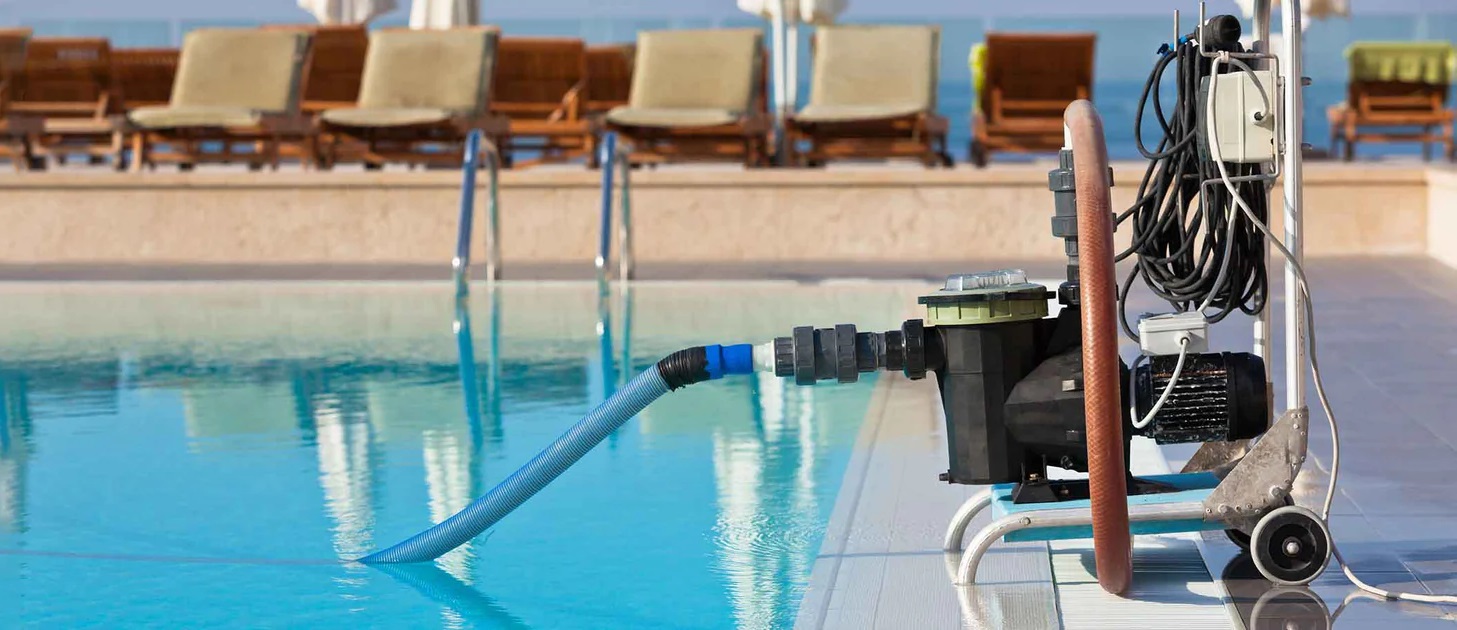
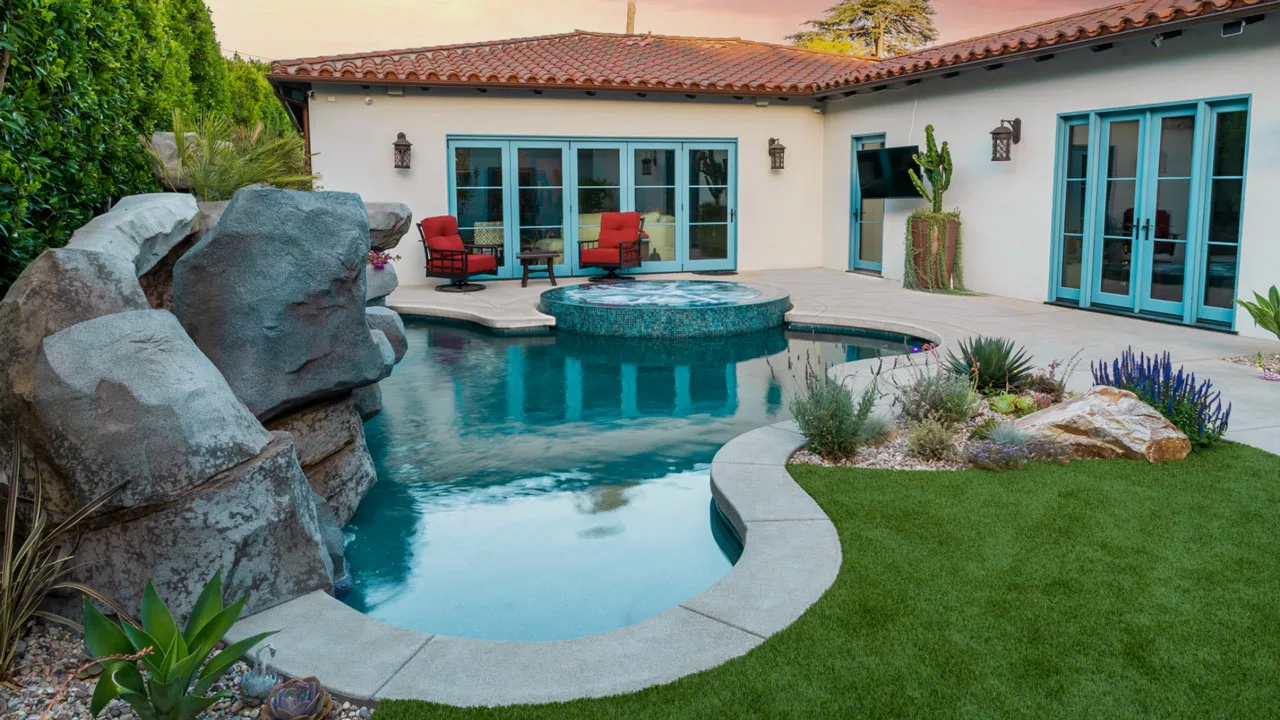
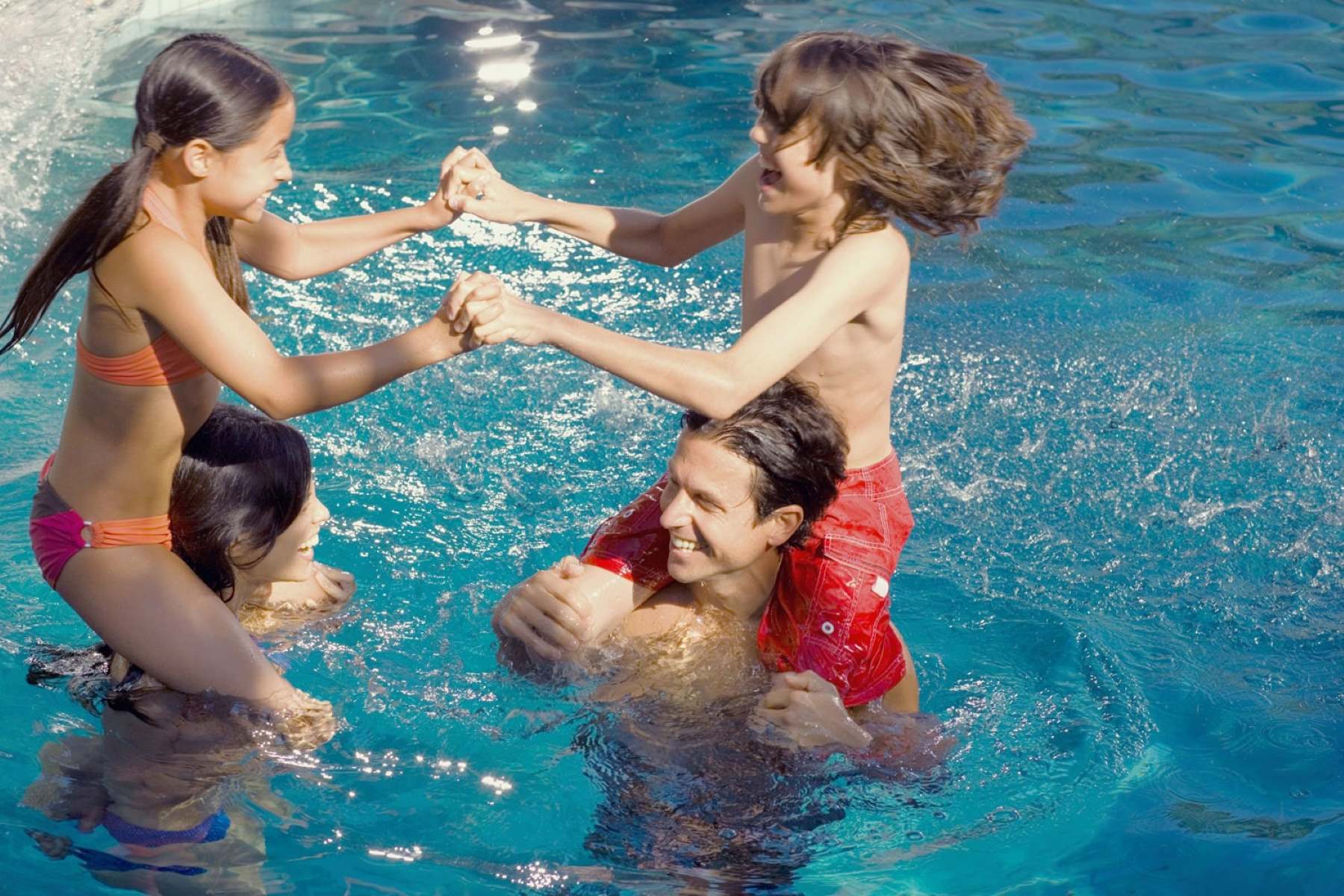
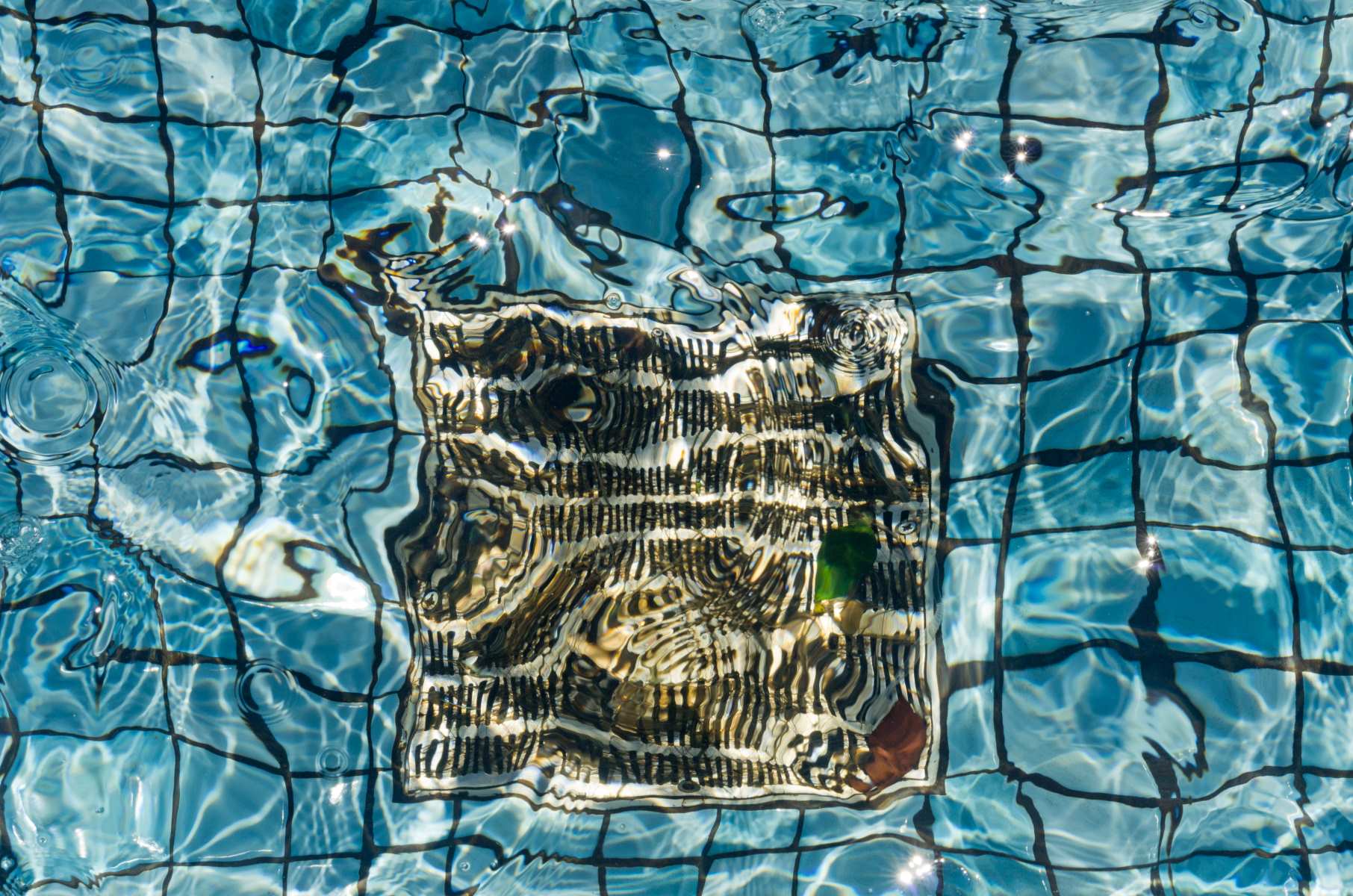
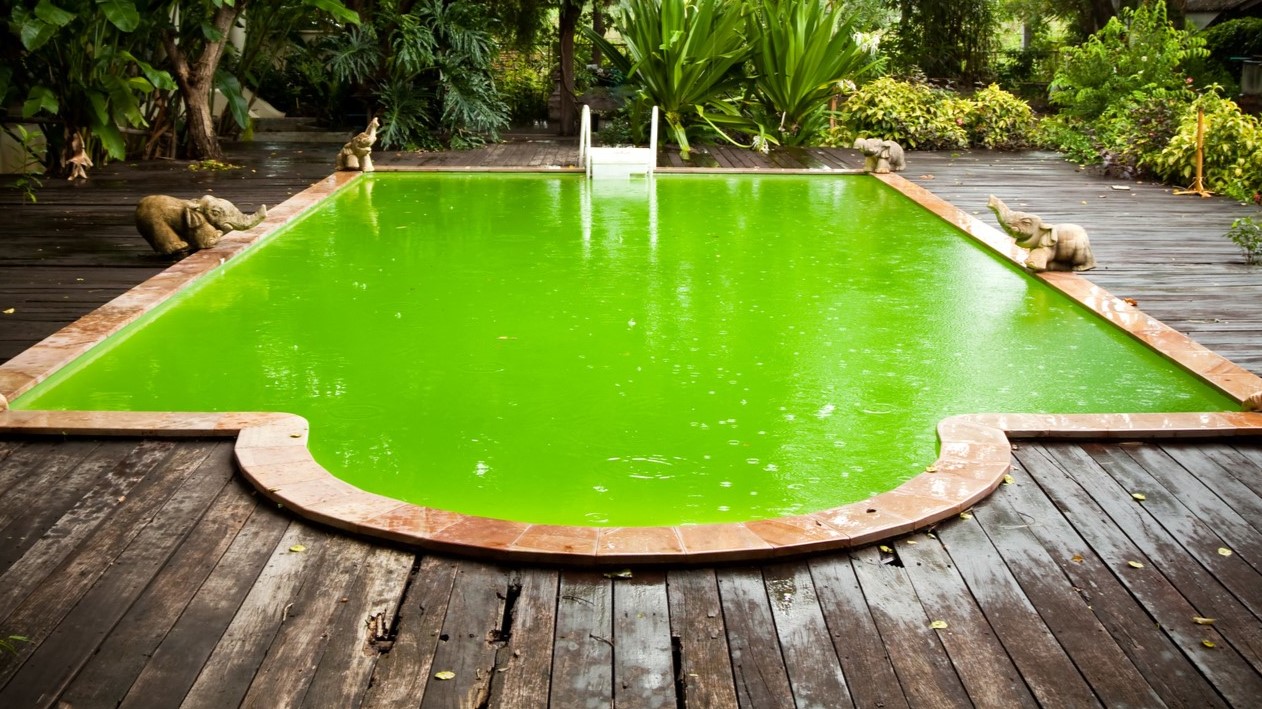

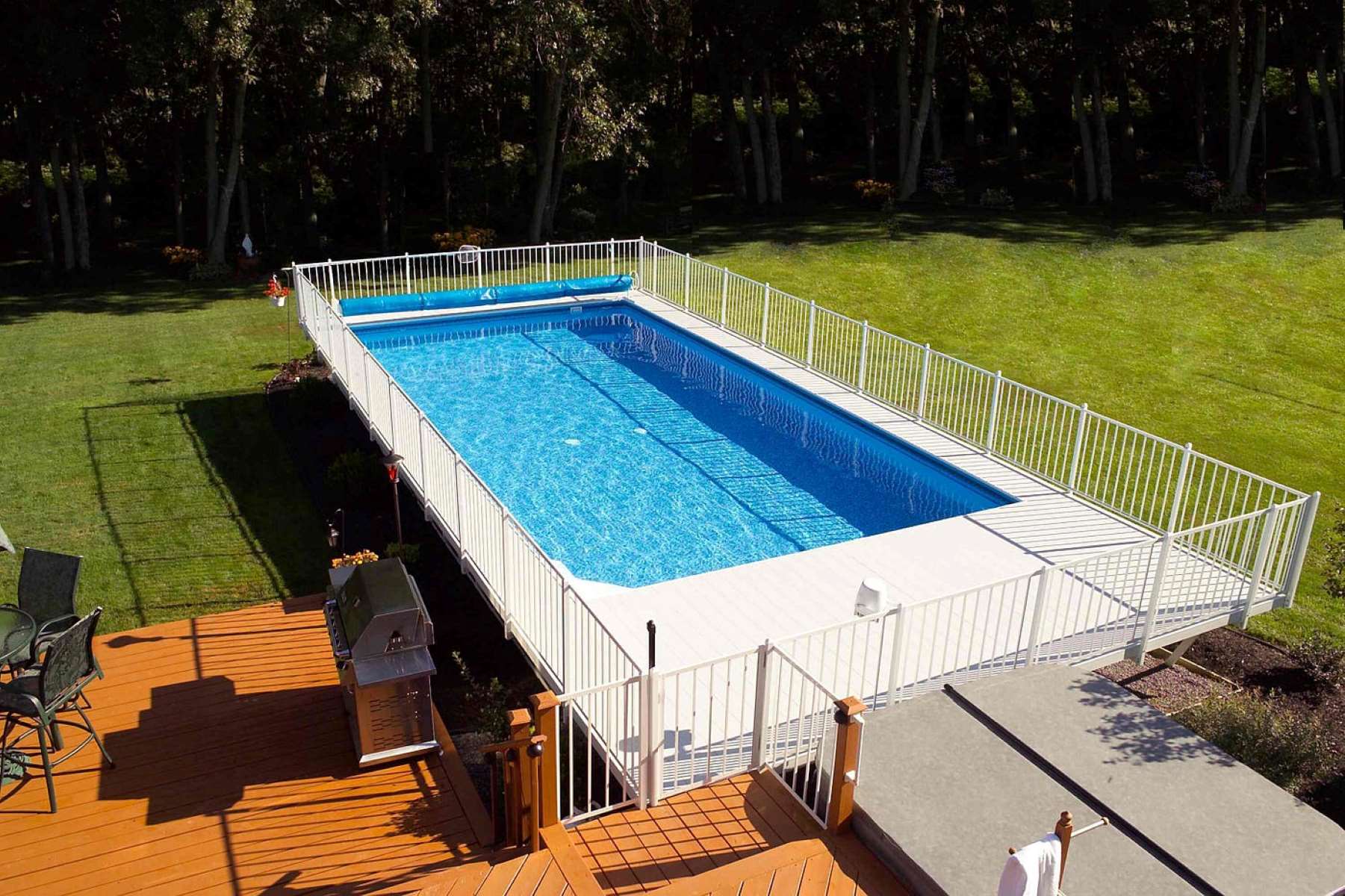


0 thoughts on “What Direction Should The Jets In A Swimming Pool Be Pointed”